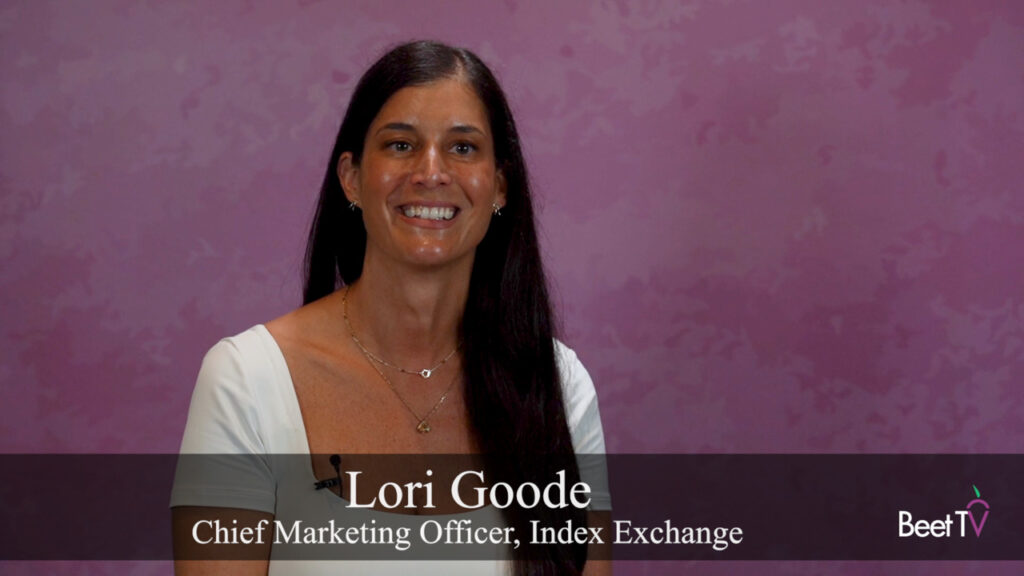
Retailers have made a bigger push into the digital advertising market as brands seek to reach consumers when they’re most ready to shop, or to engage target audiences based on other data signals. Amazon has led this growth, becoming the third-biggest digital ad platform after Google and Facebook, while retail chains as varied as Walmart, Target, CVS, Macy’s, Albertsons, Kroger and Walgreens also have entered the market. The business is booming, with Walmart last week reporting its ad business had hit $2.1 billion during its most recently completed quarter.
“Because a retailer owns the point of sale and has a broad physical footprint, in theory they have superior data assets,” Andrew Ruegger, global president of commerce at WPP’s GroupM, said in this #BeetCast interview. “They have loyalty programs, but they have a high volume of transactions – so, it’s refreshed and accurate.”
Ruegger discusses the advantages and disadvantages of retail media channels, and how marketers can potentially participate in data-driven strategies to reach online consumers at all parts of the purchase funnel. The lower-funnel activities include shoppable video and interacting with customers on social media apps such as Snapchat.
To find where you can subscribe to the BeetCast, visit this page. The BeetCast is sponsored by Mediaocean.


























